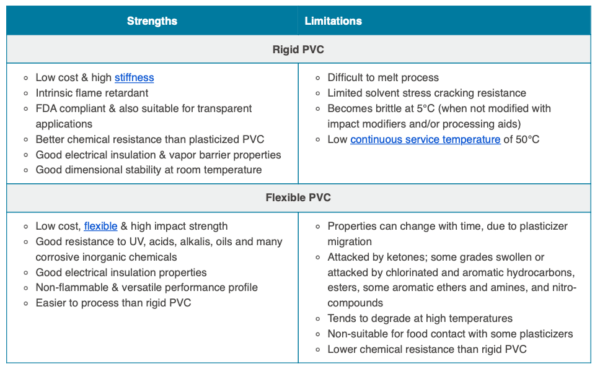The original Globe Theatre, a legendary landmark in London’s theatrical history, wasn’t built with the kind of long-lasting, modern materials we might expect today. Instead, necessity and the availability of resources dictated its construction. This iconic playhouse, where Shakespeare’s masterpieces first came to life, relied heavily on timber, specifically oak, sourced from nearby forests. The choice of materials for the Globe Theatre reflected the practical realities of 16th-century England, prioritizing affordability and accessibility.
The Foundation and Frame: Oak and Timber
The main structure of the Globe Theatre was primarily built from oak. This robust and readily available wood formed the foundational posts, beams, and framing that gave the theatre its circular shape. These heavy timbers provided the structural integrity needed to support the galleries and the thatched roof (initially). The use of oak not only ensured strength but also contributed to the theatre’s ability to withstand the elements, at least for a time.
- Oak: Main structural support, posts, beams, framing.
- Other Timbers: Lighter woods used for secondary framing and detailing.
Walls, Roof, and Stage: Wattle and Daub, Thatch, and More
While oak provided the skeletal framework, other materials were essential for completing the Globe. The walls, for example, were constructed using a technique called “wattle and daub.” Wattle involved weaving thin branches (often willow or hazel) between the timber framing, creating a woven lattice. This lattice was then covered in daub, a mixture of clay, straw, and animal dung. The daub provided insulation and a smooth surface for whitewashing.
Roofing and Other Considerations
The original Globe’s roof was thatched, using reeds or straw. This was a common roofing material at the time, but it also proved to be a significant fire hazard, as tragically demonstrated when the theatre burned down in 1613. The stage itself was likely constructed of wood, possibly pine or fir, and covered with cloth or painted surfaces to create different scenic effects. The use of these varied materials brought the plays to life.
- Wattle and Daub: Walls, insulation, smooth surface.
- Thatch: Roofing (initially).
- Wood (Pine/Fir): Stage construction.
Reconstruction and Modern Interpretations
The modern reconstruction of the Globe Theatre, Shakespeare’s Globe, uses similar materials and techniques to the original, although with some concessions to modern safety standards. For example, the thatched roof is treated with fire retardants. The commitment to historical accuracy in the reconstruction allows visitors to experience the theatre as it might have been in Shakespeare’s time, offering a tangible connection to the past. The choice of materials, therefore, is crucial to understanding the Globe Theatre and its place in history. Modern safety regulations also mean that modern equivalents of the building materials were also used.
BEYOND THE BASICS: NAILS, IRONWORK, AND DECORATIVE ELEMENTS
Beyond the primary building components, smaller but equally important materials contributed to the Globe’s overall structure and aesthetic. Iron nails, forged by blacksmiths, held the timber framework together, providing essential reinforcement. Ironwork was also used for hinges, latches, and other hardware, ensuring the functionality of doors and gates. The extent of decorative elements is debated, but it is likely that paint, pigments, and perhaps some simple carvings were used to enhance the theatre’s appearance. These details, while subtle, added to the overall ambiance and contributed to the immersive experience for the audience.
THE IMPORTANCE OF LOCAL SOURCING
One crucial aspect of the Globe’s construction was the reliance on locally sourced materials. Transporting materials over long distances was difficult and expensive in the 16th century, so builders relied on resources available in the surrounding area. This included oak from nearby forests, clay from local pits, and straw from local farms. The use of local materials not only reduced costs but also supported the local economy. It also meant that the specific type of timber and clay used could vary depending on availability, influencing the theatre’s final appearance and durability.
THE LEGACY OF MATERIAL CHOICES
The materials used to build the Globe Theatre, while seemingly simple, played a significant role in shaping its character and its history. The reliance on timber, wattle and daub, and thatch reflected the building practices of the time, but also contributed to the theatre’s vulnerability to fire. The eventual destruction of the original Globe serves as a reminder of the limitations of these materials. However, the enduring legacy of Shakespeare’s plays, and the subsequent reconstruction of the theatre, demonstrates the lasting impact of this iconic structure, regardless of the materials used. The modern recreation allows us to understand what materials were vital to the original Globe Theatre.







